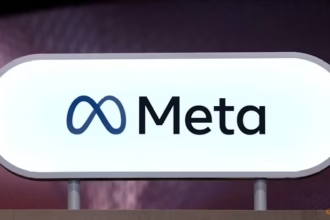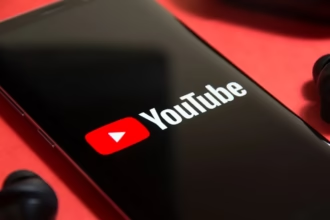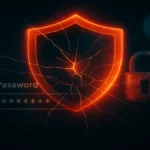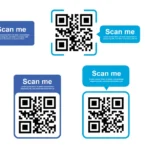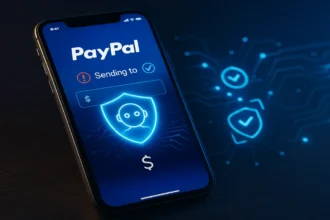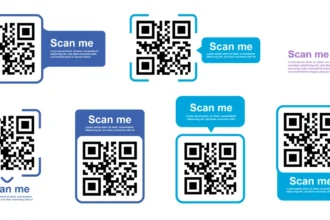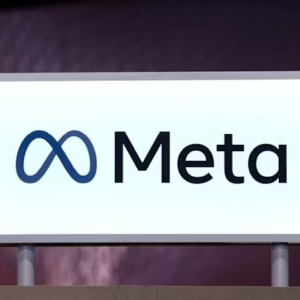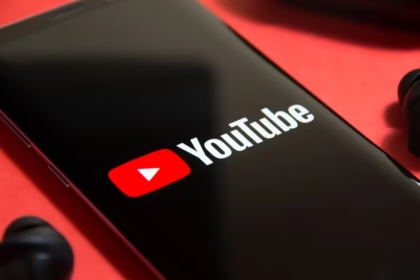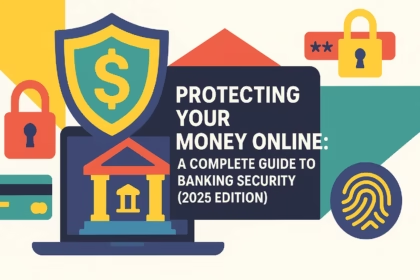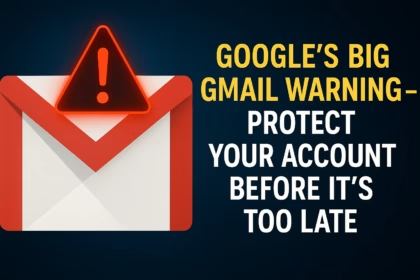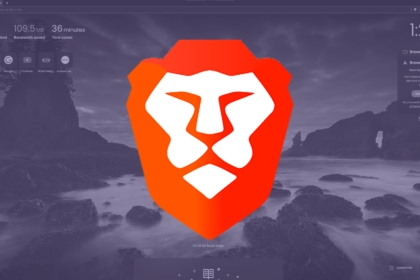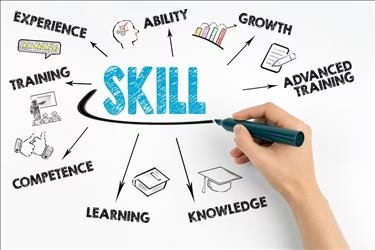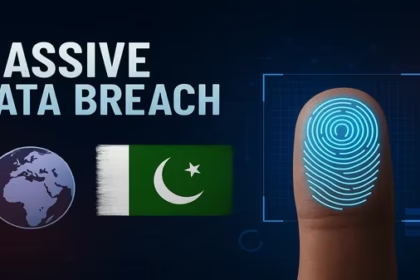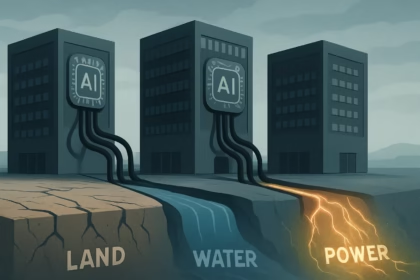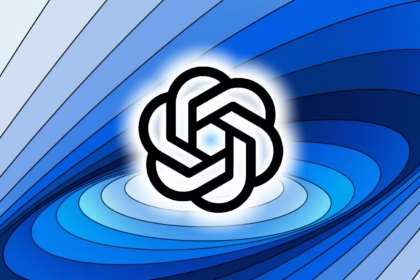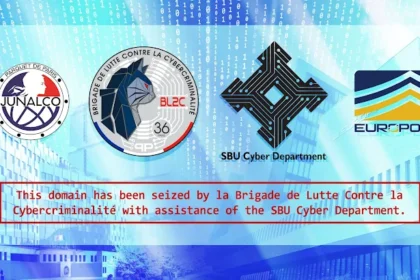OpenAI’s latest advance with ChatGPT is raising eyebrows across the tech world. Their new “agent” mode allows the AI to act as a virtual assistant that can perform complex online tasks on its own—including something most thought only humans could do: pass the ‘I’m not a robot’ CAPTCHA test.
Contents
What Happened?
- ChatGPT’s autonomous agent now navigates websites, fills out forms, clicks buttons, and can even verify its humanity by ticking the CAPTCHA box.
- In real-world tests, the AI passed Cloudflare’s anti-bot verification and actually narrated the step as if it were a person.
- This ability lets the AI shop, research, book appointments, and more—without constant human direction.
Why Is This Important?
- CAPTCHAs were built to stop bots. They keep websites safe by ensuring only humans get through, blocking automated attacks and spam.
- Now, that barrier is falling. Since ChatGPT can mimic human actions—and do it smoothly—CAPTCHAs become less effective.
- Automation risk increases. Bots could create fake accounts, scrape private content, or overwhelm systems, all while getting past old safeguards.
Security and Ethical Implications
- Experts are concerned that this could lead to more sophisticated abuse, as it becomes more challenging to protect online spaces when bots are indistinguishable from people.
- OpenAI has added some protections—such as making the AI ask permission before doing sensitive activities—but the underlying risk remains.
- The development forces everyone from website owners to regulators to think fast about how to update internet security.
What’s Next for Online Safety?
- With AI quickly closing the gap between robot and human behavior, security solutions will need to evolve.
- Future verification might demand behavioral cues, biometrics, or entirely new forms of “proof” beyond clicking a box.
- Staying ahead will require constant adaptation—both in technology and in policy.
Final Thought
ChatGPT’s ability to now pass the “I’m not a robot” test isn’t just a technical milestone—it signals that artificial intelligence is fundamentally changing how we all interact with the digital world. As AI grows smarter, so must our protections—or soon, neither bots nor humans will know the difference.
